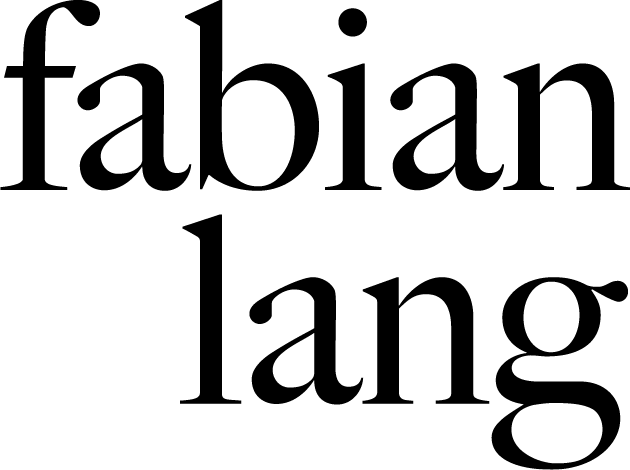HAPTICS
Elena alonso | svenja deininger | artur lescher
28 September - 15 November 2019
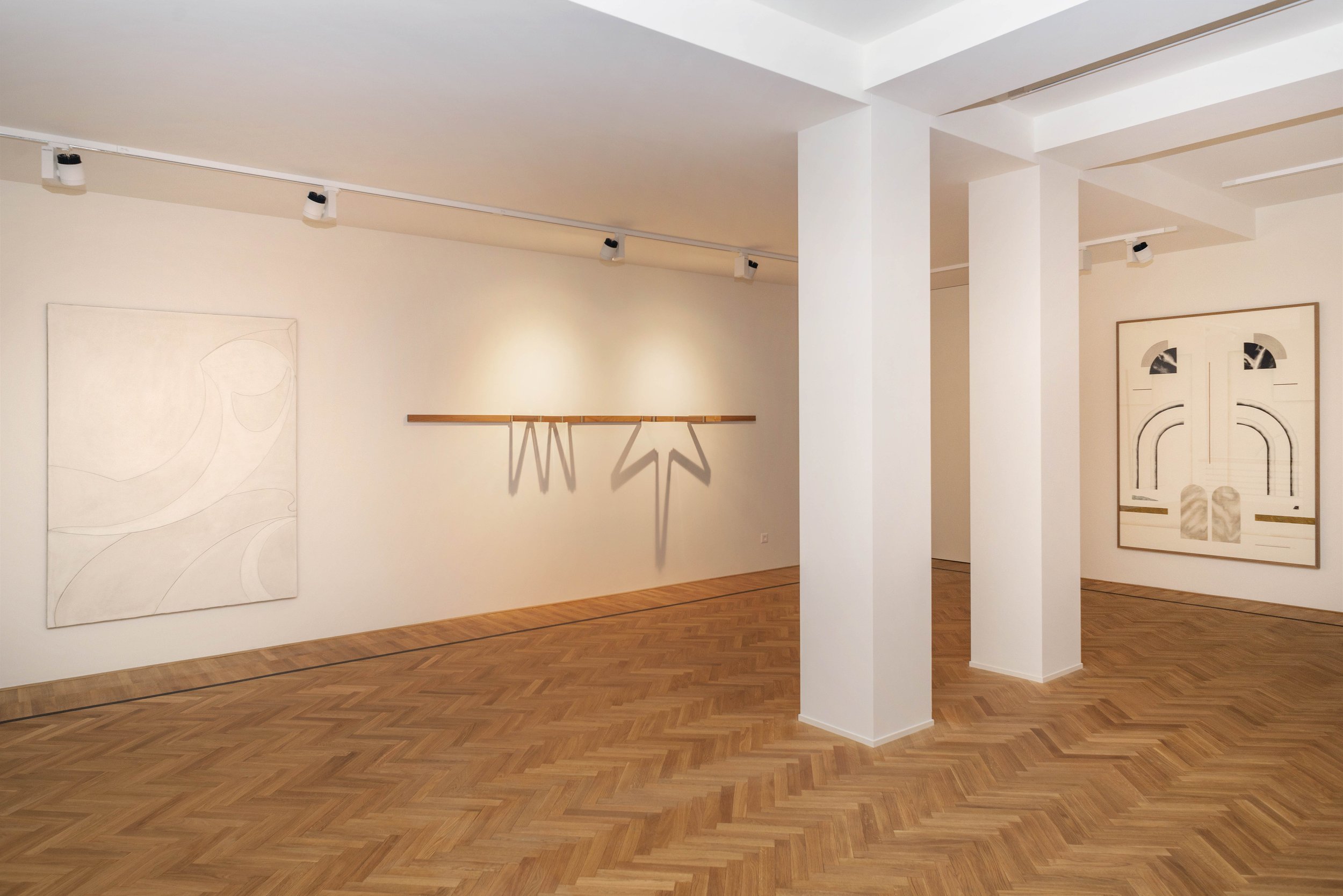

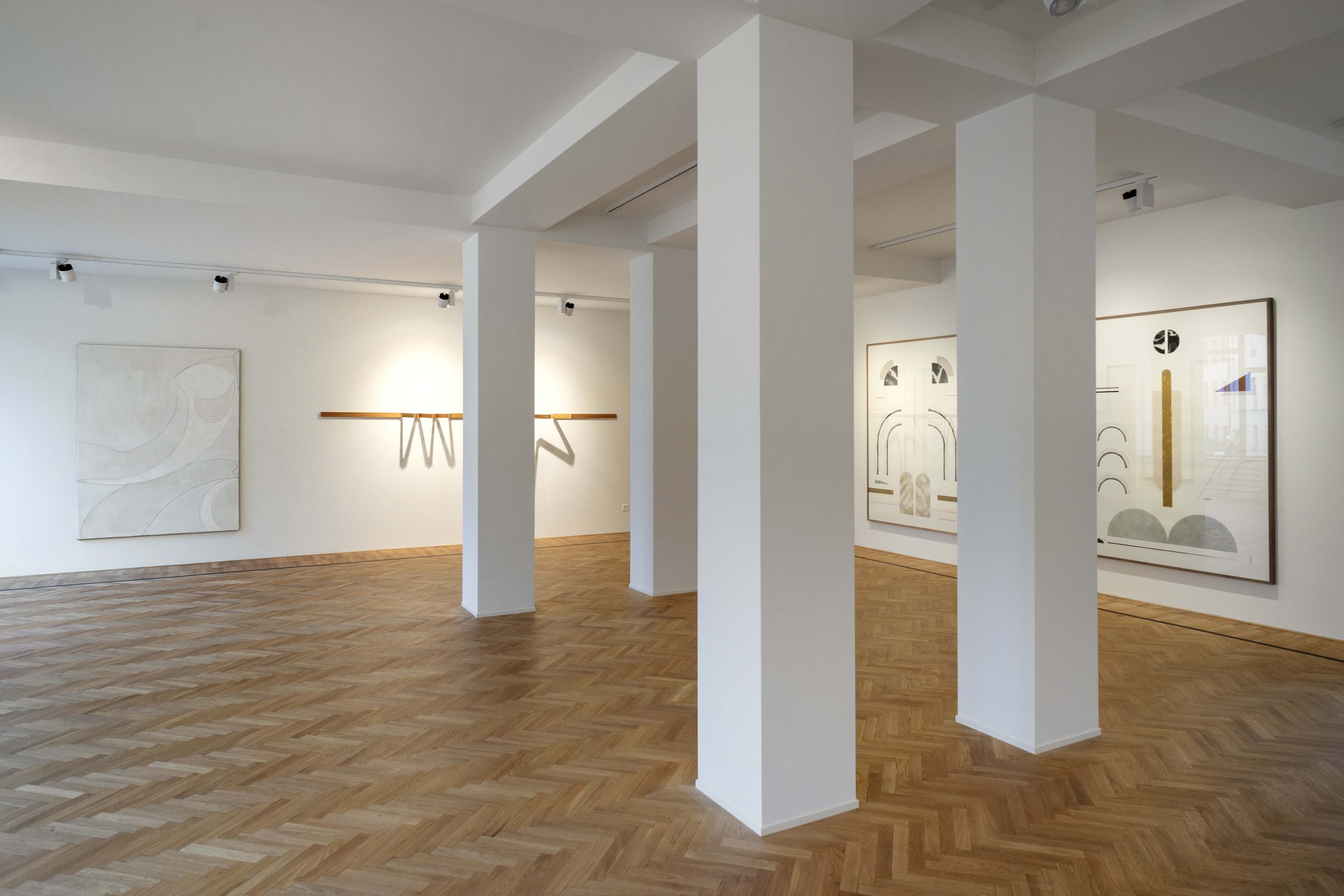
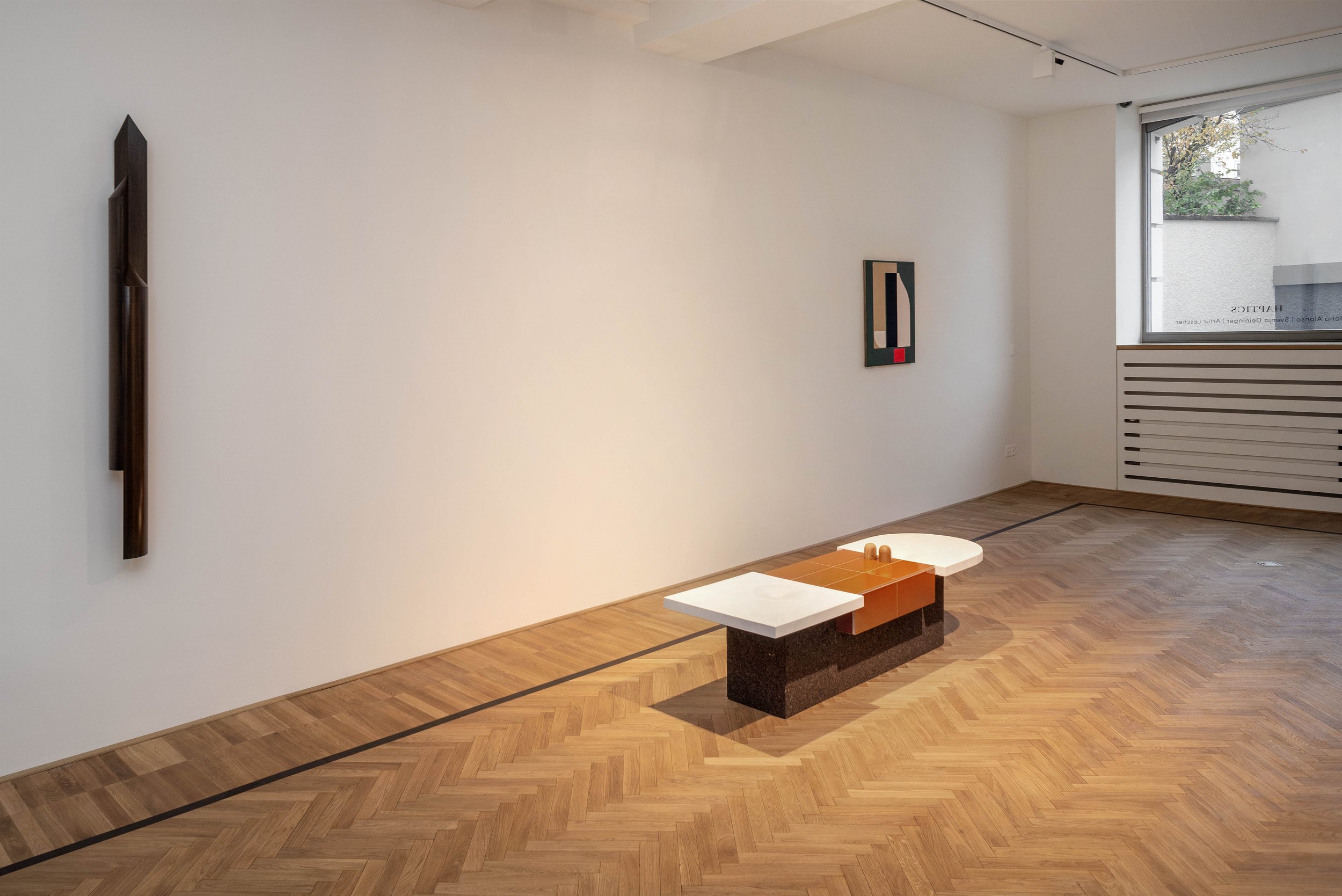
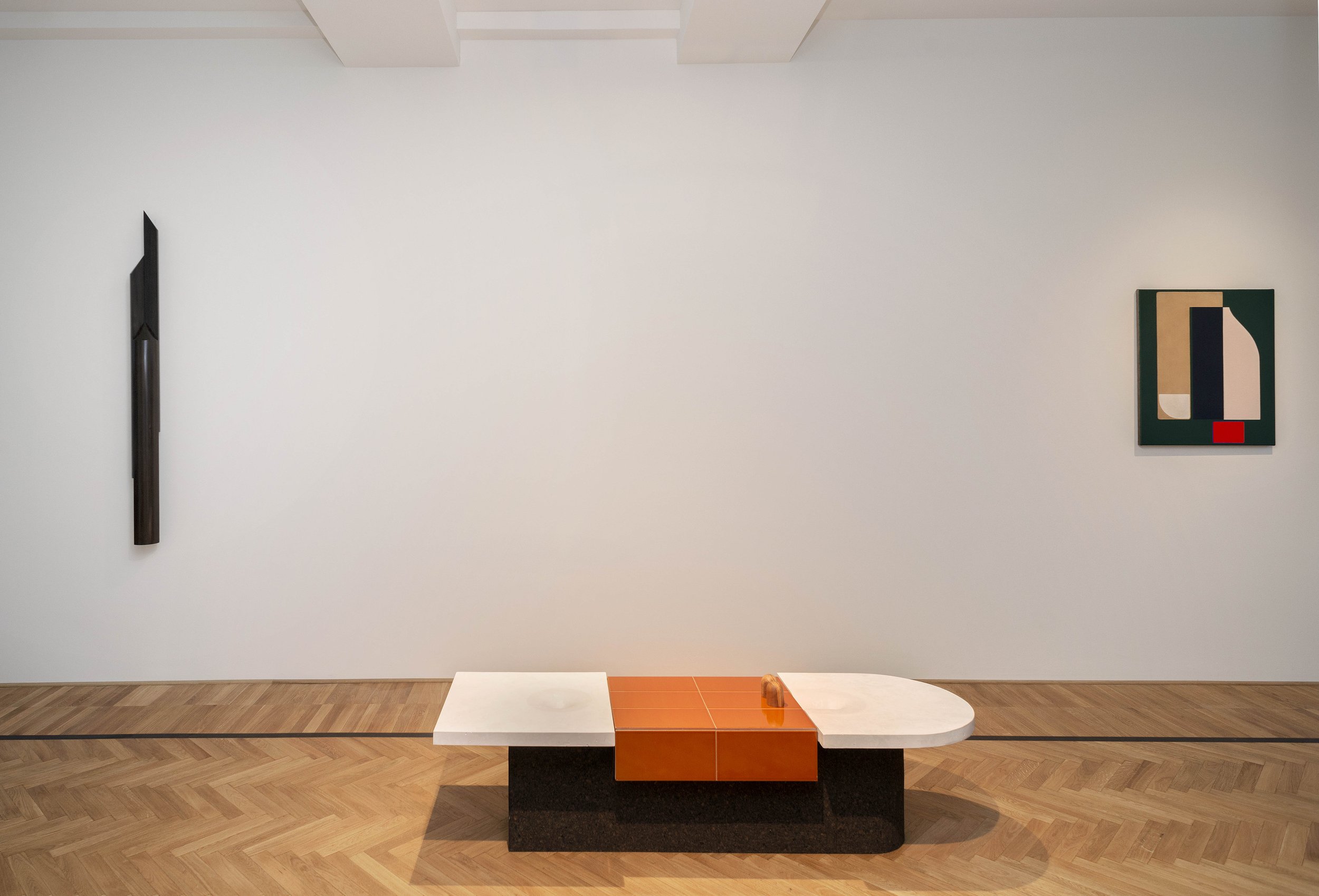
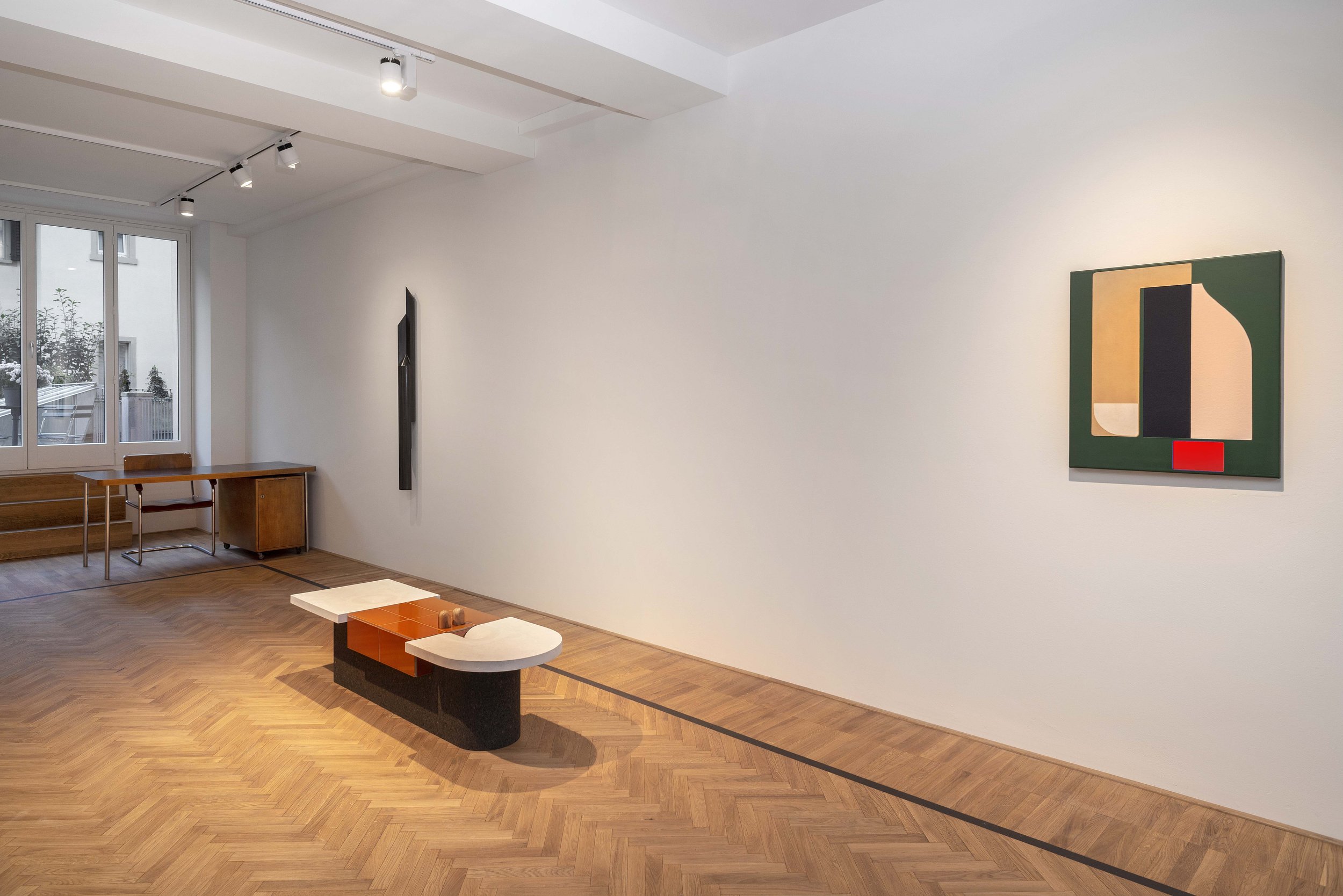
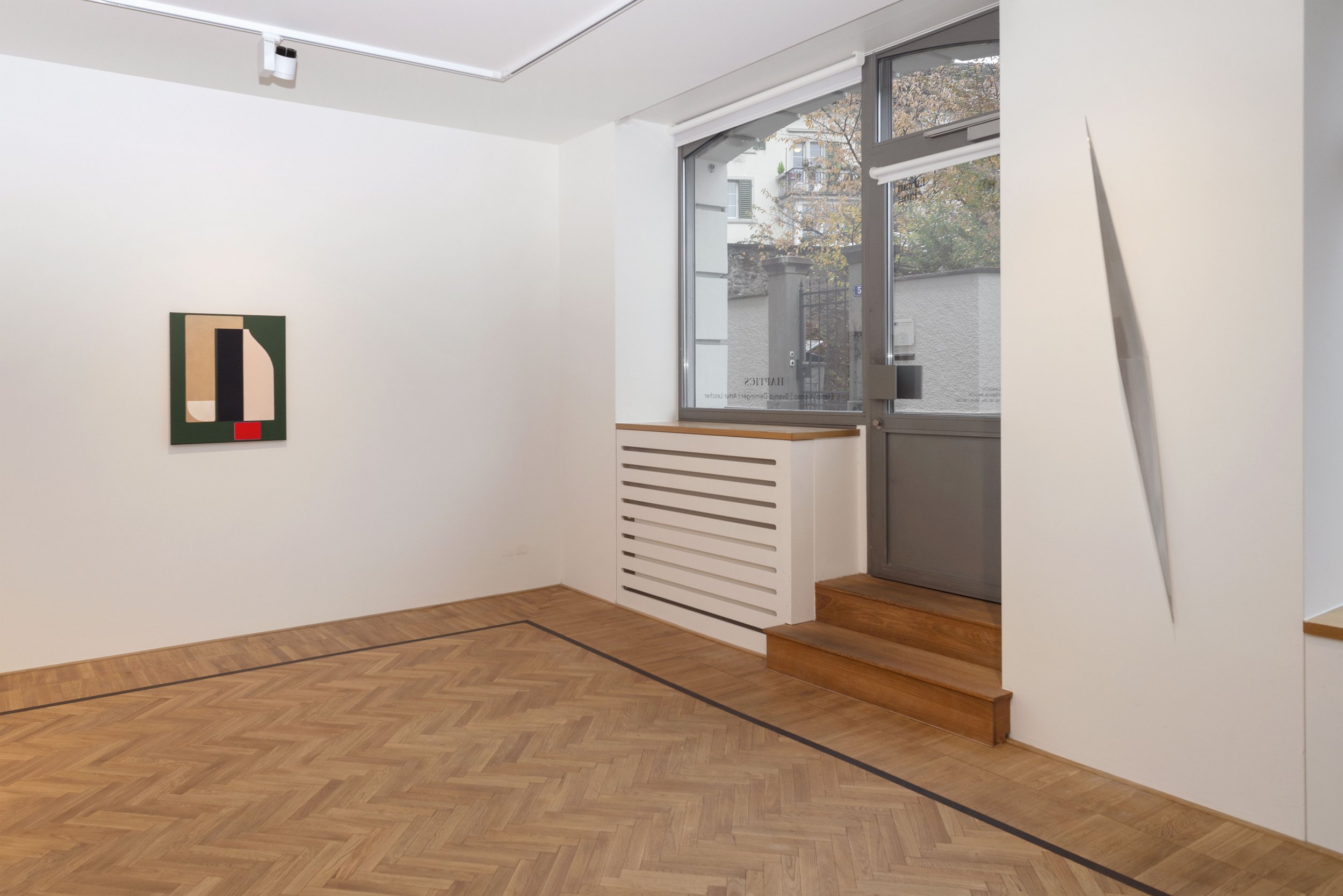

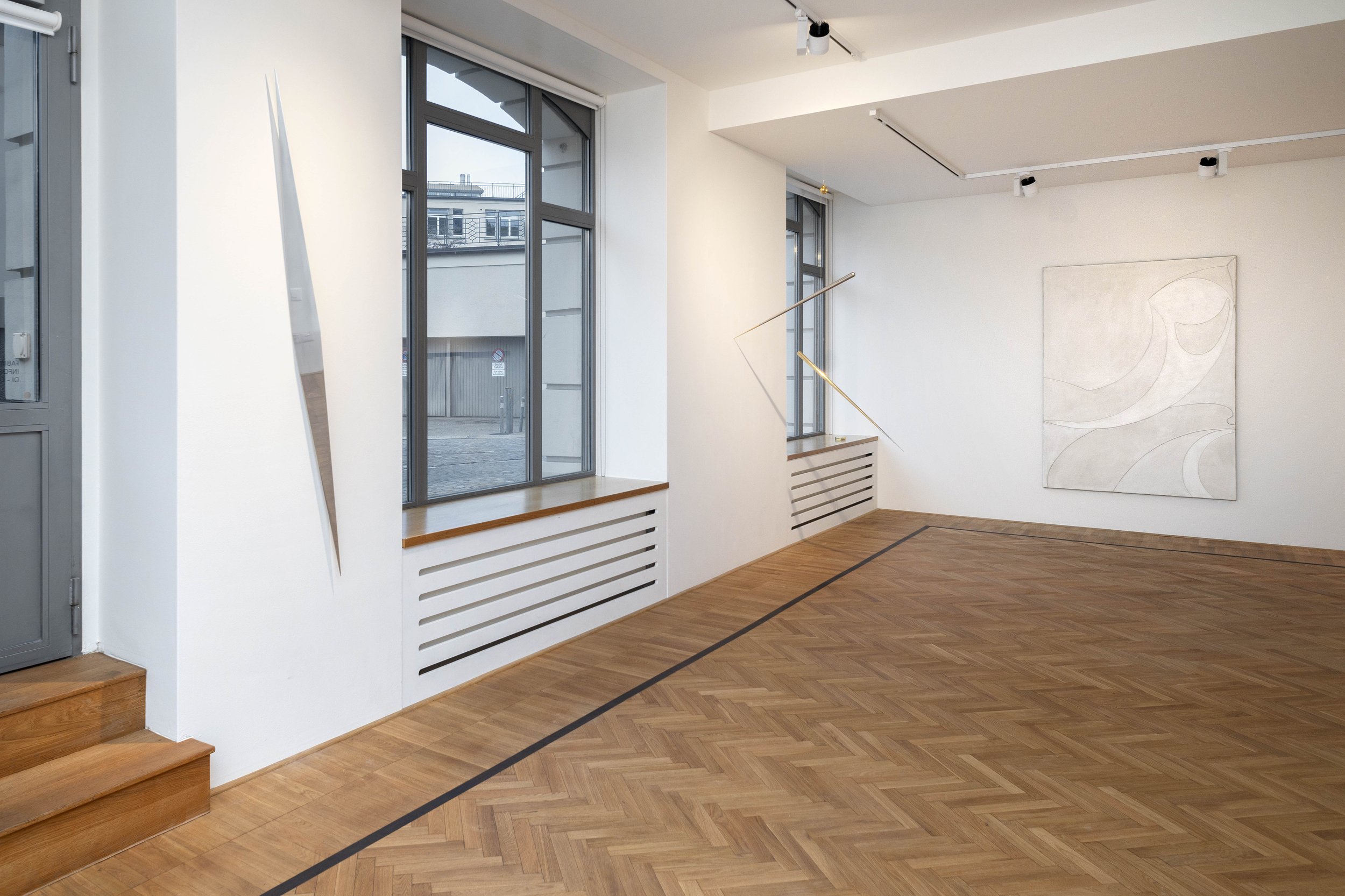

exhibited works:
Press release
[PDF]
Ours is a time of intangibility and remoteness, one that prefers the copy to the original. The ability to travel without moving is lauded, and our trust in the concrete stands eroded. Art that mirrors this experience performs the same anxiety that our loss of contact engenders. It snatches at references too quickly outmoded, and stands as testament to the careless self-cannibalising of our culture. To that end it performs the function of art in the most limited sense, at the same time a running joke and social commentary. There persists however an understanding of art as the expression of a more fundamental, physical human experience. It traces its genealogy from those who first made marks as a means of ensuring the permanence of their actions in the face of their mortality. To exist is quite accidental. To express that existence is to elevate the self; to give purpose and meaning to life, to give it form.
We have chosen to title this show ‘Haptics’ because the three artists involved work to produce objects that express a dedication to the materials and craft they have chosen to work with. There is a concerted stability, precision and elegance to their work - a rich and textured abstraction that demands to be experienced as more than just surface. The process of their production is an intrinsic part of their narratives. They demand time to appreciate, despite their elemental nature. It is a nature that acts as a foil to their dense, almost spiritually oblique meaning, as if artefacts of some unknowable culture. Physical quality is an unusual condition of an artwork today, but in a time of such impermanence it speak to our desire for meaning. There is a confidence and a certainty to this work that belies our age.
The titular haptic we ask you to entertain is not one of touch, or of a crude physical participation, but rather an experiential understanding of the thoughts manifested in these objects. Here, the haptic is engaged with in the exploration of the materiality of the work. Form, surface structure, rigidity, weight and scale are all suggested as intrinsic elements of the works’ purpose. Can we, as the Austrian art historian Alois Riegl suggested in the early twentieth century, conceive of a ‘haptic seeing’, in which the optical and material experiences of the visual are not mutually exclusive, but compliment each other? This is an exhibition that sets out to associate different tensions - the sensual, the physical and mechanical, and the visual, as well as that of the raw material mastered and realised as artistic object - that do not negate each other, but combine to create a greater holistic whole.
Elena Alonso’s drawings and sculptures continually redefine their own formal limits, engaging with an ambiguous iconography that one feels refers to an underlying universe that we have somehow lost touch with. She cultivates a complex and uncertain terrain between geometric abstraction and organic representation, often alluding to the body. While utilising the languages of other disciplines such as architecture, design and handicraft, she liberates them from their inherent practical purpose. There is always a strange tension between the neatness of her work, the beauty of her compositions, and the uncertainty of explaining exactly what one sees. Perhaps it is this strange combination of harmony and paradox that creates an atmosphere that promotes something we could call tragic Platonism.
Svenja Deininger considers painting to be a continuous process of covering and uncovering. While her work exudes a concerted stability in its precise colouration and delineation, and rarely reveals evidence of its making, experimentation is key to its production, and she often removes and reapplies entire motifs. Deininger discovers additional meaning through the installation her work, when individual paintings come together to form a ‘sentence’ and architecture becomes part of a narrative tool for framing and contextualising the images. The two paintings exhibited here encapsulate this concern with connection and association, contrast and echo.
Artur Lescher’s work is characterised by rigorous geometric forms that exist in dialogue with the spaces in which they are displayed, re-articulating architecture through a physical poetics. The sculptures exhibited here attest to his ongoing experimentation with materials, their tangible qualities and objective characteristics. There is a belief inherent in his work of the fluidity of matter, with many of the objects he produces being manipulable, demanding the complicity of the viewer as they are modified. They exude balance and movement, tension and silence. They subtly suggest purpose, but with their functionality neutralised they prompt numerous interpretations.
